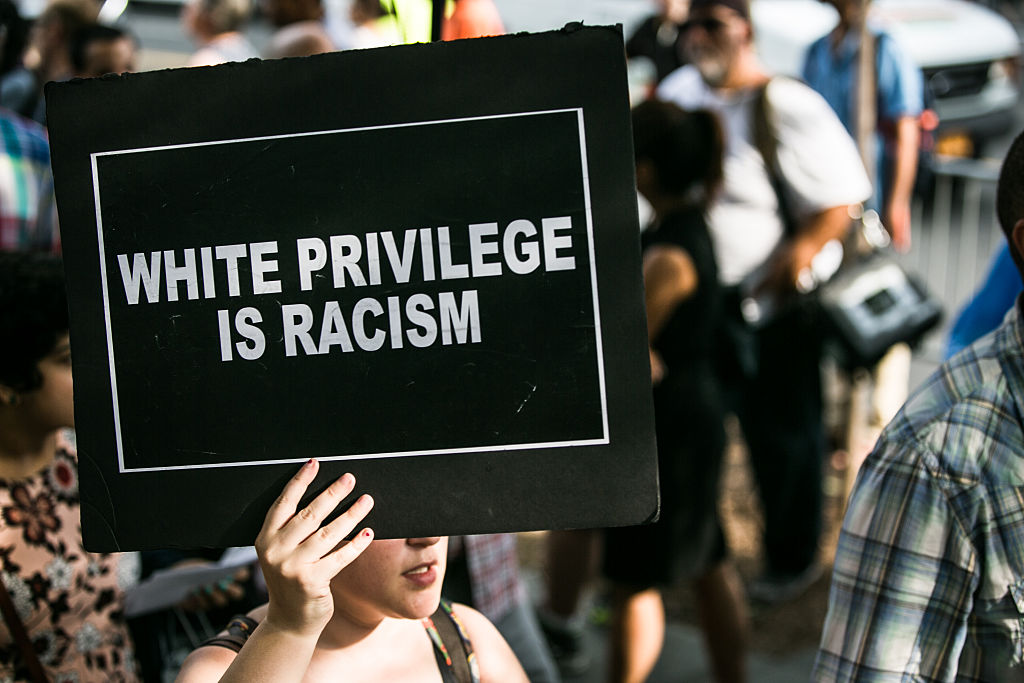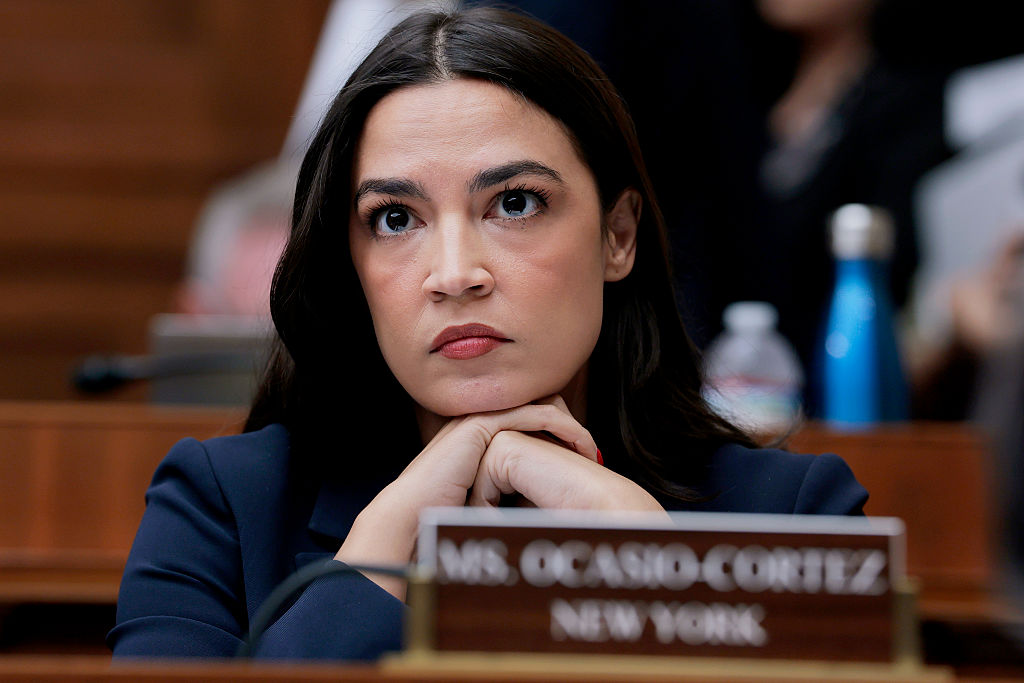This article is an excerpt from Kenan Malik’s new book, Not So Black and White: A History of Race from White Supremacy to Identity Politics.
In 1935, while writing his masterpiece Black Reconstruction in America, W.E.B. Du Bois pondered the question of why, in the wake of the Civil War, there had not developed working-class solidarity across racial lines.
“The South, after the war,” he observed, “presented the greatest opportunity for a real national labor movement which the nation ever saw or is likely to see for many decades.” Yet, he lamented, “the labor movement, with but few exceptions, never realized the situation. It never had the intelligence or knowledge, as a whole, to see in black slavery and Reconstruction, the kernel and meaning of the labor movement in the United States.” The principal reason was “the race philosophy” which “came as a new and terrible thing to make labor unity or labor class-consciousness impossible. So long as the Southern white laborers could be induced to prefer poverty to equality with the Negro, just so long was a labor movement in the South made impossible.”
Thirty years later, Theodore Allen was reading Du Bois’s work and contemplating the same question: why had there never been a proper working-class movement or labor party in America as there had been in European nations? Allen was a veteran union activist, Marxist and independent scholar whose two-volume The Invention of the White Race, first published in the mid-1990s, was a groundbreaking exploration of the emergence of racial ideas in America and foundational for the development of “whiteness studies.”
He came to the same conclusion as Du Bois — that white workers had been bought off by being invested with a sense of racial superiority over black workers. For cross-racial solidarity to be established, Allen observed in a 1967 pamphlet, white workers had to believe that “an injury to one is an injury to all.” Many of Allen’s fellow radicals, he acknowledged, despaired of them ever believing that because “the injury dealt out to the black worker has its counterpart in the privilege of the white worker. To expect the white worker to help wipe out the injury to the Negro is to ask him to oppose his own interests.” That interest lay in defending “white-skin privilege.” Allen did not necessarily agree. “The race-privilege policy is,” he wrote, “contrary to the interests, short-range as well as long-range interests, of not only the black workers but of the white workers as well.” Nevertheless, he remained ambivalent about the possibilities of cross-racial solidarity because he was unsure whether white workers could ever be weaned off racism, ever disabused of the illusion of “white-skin privilege.”
Thirty years after Allen’s 1967 pamphlet, the concept of “white privilege” had become standard currency among Critical Race Theory academics and antiracist activists. This was partly through the work of Allen, and of fellow activist historians such as Noel Ignatiev, who had established the discipline of “whiteness studies” through their retelling the story of how European immigrants to America became “white.” By the 1990s, though, the debate was no longer about how to establish cross-racial working-class solidarity. Rather, “white privilege” was now seen simply as something that all white people possessed by virtue of being white.
The legal scholar Cheryl Harris, in an influential paper in the Harvard Law Review, defined whiteness as “property” that all white people owned. The feminist and antiracist activist Peggy McIntosh explained it “as an invisible package of unearned assets that I can count on cashing in each day, but about which I was ‘meant’ to remain oblivious.” In a celebrated metaphor, she wrote of “an invisible weightless knapsack of special provisions, assurances, tools, maps, guides, codebooks, passports, visas, clothes, compass, emergency gear and blank checks” that all white people carry with them, but others do not.
Thirty years on again, and the concept has moved from academia to mainstream discussion. From Good Housekeeping to GQ, popular magazines have published guides to white privilege. Organizations from the National Health Service in Britain to many local councils put out explainers about white privilege. Children’s books ask What is White Privilege? Robin DiAngelo became an international celebrity, charging thousands of dollars for seminars in which she castigated white people refusing to accept their racism as exposing “white fragility.”
With little public debate or pushback, debates about racism have become framed largely through discussions of whiteness and of white privilege. To make sense of this, and to see why this framing should concern us, it is important to understand how the concept evolved: what began as an attempt to wrestle with a particular problem about labor organization in America was transformed into a general thesis about white people at the very moment despair gripped much of the left about the possibilities of building a vibrant labor movement. As the “sympathetic critic” of whiteness studies Peter Kolchin wrote in 2002, “underlying the new interest in white power, privilege and identity there is evident an intense discouragement over the persistence of racism, the unexpected renewal of nationalism, and the collapse of progressive movements for social change that characterize the current era.”
It is not just the shift in the meaning of “white privilege,” and its timing, that should give us pause, but also the ways in which the concept is deployed. The term “white” is used in different ways from one discussion to another, and those different ways sometimes diverge and sometimes conflate. “White” can be a description of those deemed racially white. It can be an analysis of the power relationships that underlie discrimination and bigotry. And it can be a value judgment — whiteness is regarded in some sense as “bad.” In an essay for the Washington Post in 2015, rabbi Gil Steinlauf wrote that “in a flawed and racist society, we Jewish Americans… must cease to consider ourselves to be part of the social construct of whiteness” and “teach our children that we are, in fact, not white, but simply Jewish.” Often it is used in all three senses simultaneously.
Underlying the white-privilege thesis are two basic claims: first that “white” is a useful category in which to place everyone from Elon Musk to a cleaner in a Tesla factory, and second that being in such a category imbues people with privileges denied to those outside it.
The idea that all those deemed white have a common identity and set of interests which may conflict with those of non-whites is, of course, an argument long deployed by racists. It is a claim that most antiracists would reject, recognizing that the interests of white factory workers or shelf-stackers are not the same as those of white bankers or business owners but are far closer to those of black factory workers or Asian shelf-stackers — the very issue with which Du Bois and Allen were wrestling. Why, then, do many ignore this when it comes to the question of “white privilege”? Because, proponents argue, white people do not have to endure the discrimination suffered by nonwhites by virtue of their skin color. At one level, this is true. “Racism” refers to the practice of discrimination against, and bigotry toward, certain social groups; there may be many reasons for such discrimination and bigotry, but one is clearly that those who are non-white are often treated unequally.
Projecting this in terms of “white privilege” is, however, flawed. First, it is not a “privilege” not to have to face discrimination or bigotry; it should be the norm. The author Reni Eddo-Lodge acknowledges that it is difficult to define “white privilege” because “it’s so difficult to describe an absence.” That absence is equal treatment, a right that all should possess. To describe as a “privilege” that one is not being denied equal treatment is to turn the struggle for justice on its head.
Second, the concept of white privilege fails to distinguish between “not being discriminated against or not facing bigotry because of one’s skin color” and “having immunity from discrimination or bigotry because one is white.” The distinction is important. Many whites, because of privileges afforded by wealth and class, do have considerable immunity against discrimination. But many others, who are poor or working class, do not. Their experiences of state authority are often similar to those of non-whites. We have already seen this in the ongoing discussion about police killings; we see it as well in discussions of mass incarceration. In America, someone who is poor and white is more likely to be killed by the police or face imprisonment than wealthy African Americans. It is true that, because of racism, the proportion of black Americans who are wealthy or middle class is far smaller than the proportion of white Americans in those categories. But that is not an argument to erase the fact that having white skin does not necessarily provide materially significant “privilege” whereas being wealthy may do so even if one is black.
In Natives, his reflection on the relationship between race, class and the ghosts of empire in contemporary Britain, the rapper Akala suggests that “the idea that millions of white people still being relatively poor somehow proves that white privilege does not exist is such a juvenile and historically illiterate argument.” After all, he points out, “there were poor whites in the Jim Crow south, apartheid south [sic] Africa and slave colonies of the Caribbean and no one would be silly enough… to claim that white privilege did not exist back then.”
Yet the analogies themselves show why the argument is not so “juvenile and historically illiterate.” Apartheid societies whether in South Africa or the American South, or slave colonies in the Caribbean, are fundamentally different from modern liberal democracies. However deep-seated may be racism in contemporary Britain or America, the relationship of race, class and privilege is significantly dissimilar to that in apartheid or slave societies.
Eddo-Lodge insists on the importance of “complicating the idea that race and class are distinctly separate rather than intertwined”; in other words, of seeing the intricate interconnections between the two rather than viewing them in Manichaean terms. Many contemporary writers make a similar plea even as they push the idea of white privilege. The trouble is, the concept of “white privilege” poses the issue in black and white terms, both literally and metaphorically. By holding whiteness to be an always-significant factor in the life of every white person, the “white privilege” thesis erases the complications, imposing a one-size-fits-all notion of privilege. It fails to tease out the different relations of power that the interactions of race and class imply, and it racializes social divisions unlinked to race.
This article was originally published in The Spectator’s March 2023 World edition.

























